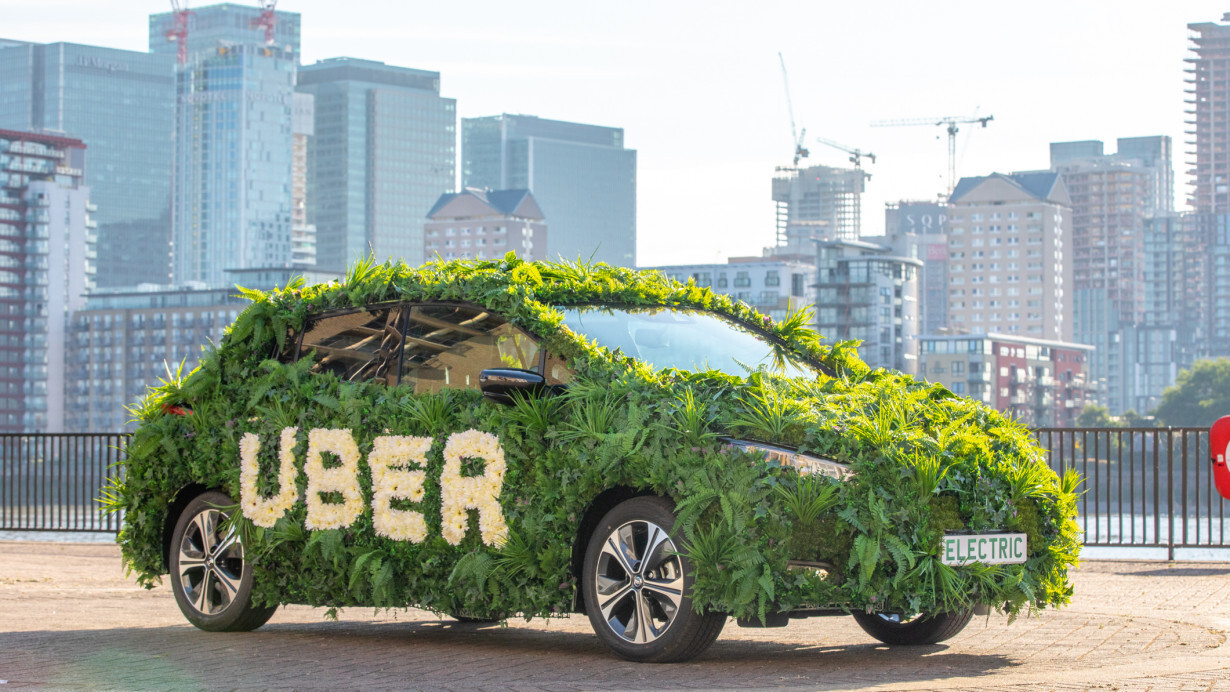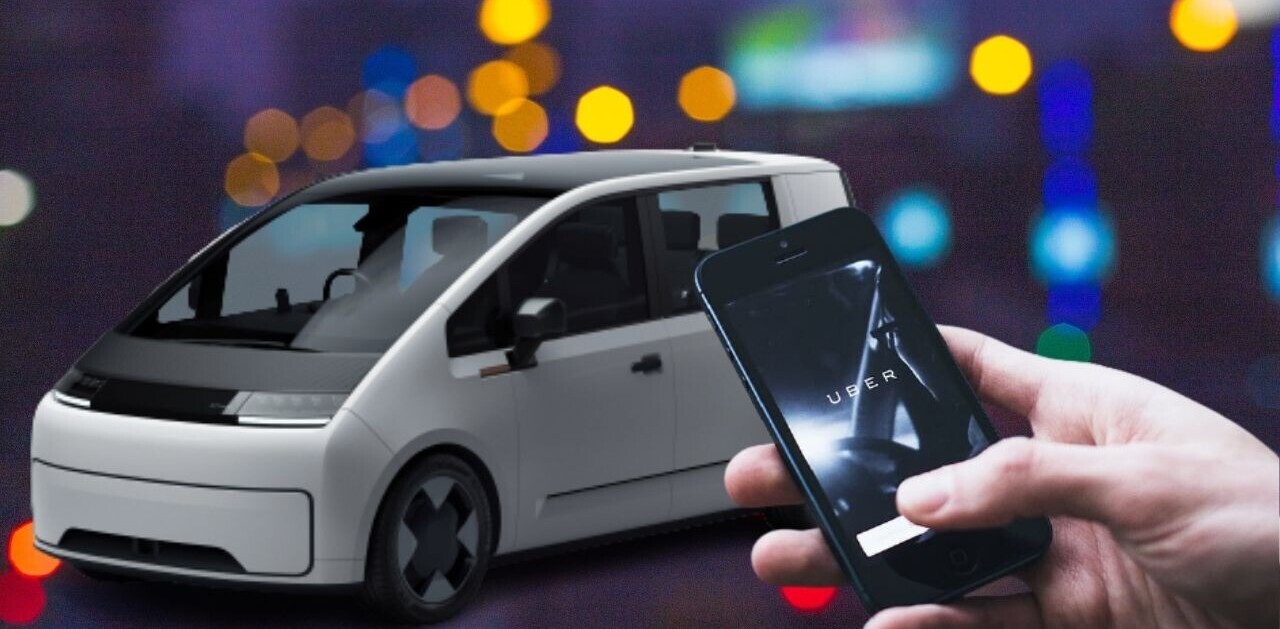
Uber has over 45,000 drivers in London, making the company a ubiquitous feature on the city’s streets. To try and mitigate some of the environmental damage caused by its activities, the company has announced an ambitious £200 million “Clean Air Plan,” which will see it transition entirely to electric vehicles by 2025.
The plan itself isn’t new — the company announced something similar last year. The most significant change is the scale of the program.
For example, starting from next year, the company plans to charge riders a 15p per mile “clean air” surcharge, the entirety of which will go towards its environmental efforts. Uber says that will result in 45p added to the average ride within the city.
The previously proposed surcharge, which Uber announced roughly this time last year, was a flat fee of 35p added to each trip, which effectively ensured that those taking shorter rides paid more per mile. The new approach feels fairer but isn’t excessively punitive. Those making the 16-mile journey from Oxford Street to Heathrow Airport, for example, can expect to pay £2.40 extra.
Uber is hoping to raise a kitty of £200 million, the entirety of which will go to Uber’s most active drivers, allowing them to transition to a cheaper and more environmentally friendly electric car. The company says that those driving an average of 40 hours a week can expect £3,000 support towards an electric vehicle after two years, and £4,500 after three years.
That’s not bad. For context, that’s about 15 percent off the cheapest Nissan Leaf, which retails in the UK for just over £27,000.
The ultimate goal behind this is to transition its fleet of vehicles in London to all-electric engines. For this, Uber has set itself a deadline of 2025 and says that it anticipates for 20,000 drivers to upgrade by 2021. This is ambitious but still reasonably achievable.

Uber’s no stranger to optimism in this regard. Last year, it said that it planned for every vehicle available in London on UberX to be 100 percent hybrid or fully-electric by 2019, with no diesel vehicles on the app.
To support this fleet, Uber’s also working to install more charging points throughout the city. A considerable part of this is anonymized open data, allowing infrastructure providers and other transportation companies to observe charging patterns and behavior.
Uber’s latest Clean Air Plan feels a lot more plausible than what it announced last year. In particular, the levy feels well balanced and is sufficient to support the company’s efforts to transition to greener vehicles, without being excessively punitive.
Of course, the actual outcome of the plan hinges on a number of factors, including fuel prices and the overall availability and cost of electric vehicles themselves.
And no doubt it’ll help the company improve its fraught relationship with the Mayor of London, Sadiq Khan, who in August said he wanted to restrict the operations of Uber in the city, limiting the number of drivers it could have working throughout the capital.
Get the TNW newsletter
Get the most important tech news in your inbox each week.





